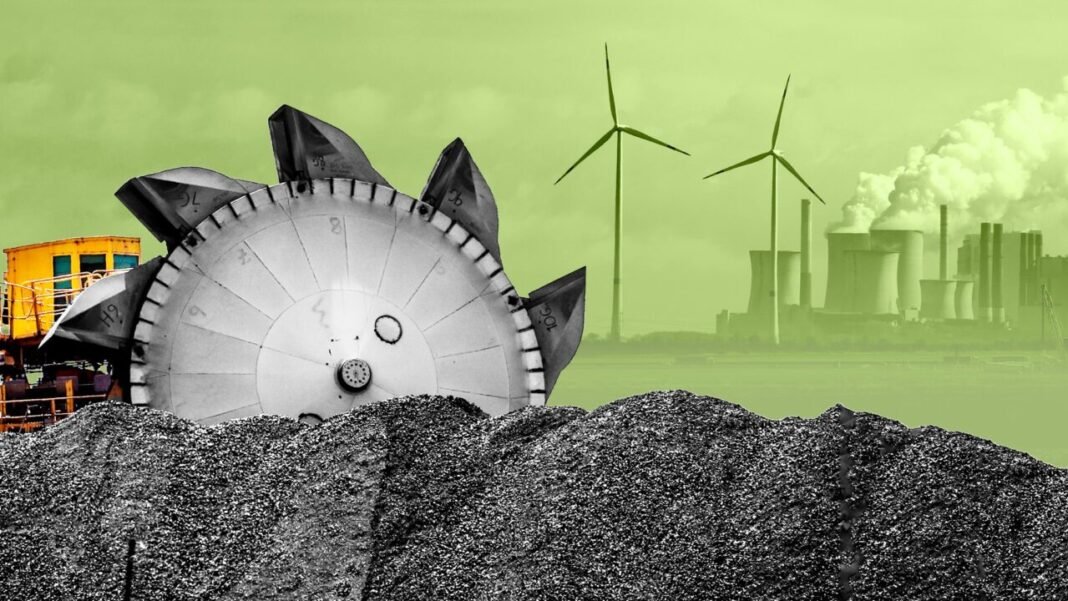By: K Raveendran
Thanks to the fallout of the Ukraine war, greenfield investments in new LNG plants are showing an unprecedented 20 times increase. From just about $2 billion invested annually in such plants in 2020 in the wake of Covid pandemic, the total annual investments in greenfield projects are expected to touch $42 billion in 2024.
The new LNG projects are driven mainly by a short-term increase in natural gas demand in Europe and Asia due to the Ukraine war and the consequent sanctions and restrictions placed on Russian gas exports. Spending on greenfield LNG projects this year and next will likely hit $27 billion, according to Rystad Energy estimates. The 2023 investments are estimated at about $32 billion, before peaking at $42 billion in 2024.
Natural gas is a core component of power generation systems in a large number of countries. Despite the resolve to reduce fossil fuel dependency and transition to a low-carbon power mix, demand for LNG is set to grow over the short term. Accordingly, global gas demand is expected to surge 12.5 percent between now and 2030, from about 4 trillion cubic meters (Tcm) to around 4.5Tcm. On the back of strong economic growth and pro-gas policies from governments, regional demand in Asia and the Pacific is expected to soar, growing 30 percent from about 900 billion cubic meters (Bcm) to around 1.16 Tcm by 2030. The Americas – primarily the US – will account for 30 percent of cumulative gas demand by 2030, while Asia-Pacific will account for 25 percent.
The US is set to solidify its place as a top LNG exporter as increased domestic supply and higher prices in Europe and Asia encourage operators to sell gas overseas. The $10 billion Golden Pass LNG project in Texas, a joint venture between QatarEnergy, with 70 percent ownership and ExxonMobil with 30 percent, is expected to start production by 2024, adding export capabilities totalling around 18 Mtpa. Similarly, Venture Global’s Plaquemines LNG in Louisiana – a $13.2 billion development sanctioned earlier this year – is expected to produce about 24 Mtpa and start up in 2025. In a move that may become more common in the crowded market, Cheniere Energy signed a deal with Chinese state giant PetroChina to supply around 1.8 Mtpa of LNG from its Corpus Christi LNG facility, with deliveries from 2026 to 2050.
Elsewhere, Qatar, Mozambique and Russia are playing catch up. Qatar, already a major producer, aims to boost LNG export capacity to 126 Mtpa by 2027 from a current 77 Mtpa. International industry heavyweights ExxonMobil, Shell, TotalEnergies, Eni and ConocoPhillips have been chosen to join state-owned QatarEnergy in the North Field East expansion project, which is set to raise capacity to 110 Mtpa.
Russian volumes are primarily dependent on the successful completion of the Novatek-operated Arctic LNG 2 project, which is potentially in jeopardy as sanctions against Russia have led to delays in the commissioning of Train 2 and Train 3. Project partners TotalEnergies and JOGMEC have halted all financing related to the scheme in the Russia-Ukraine war, followed by the withdrawal of chemicals giant Linde as a contractor.
In Africa, Mozambique will see its first LNG production by the end of 2022 via the under-development, Eni-operated Coral South LNG project. The project will provide around 150 million cubic feet per day (Mcfd) of gas to the domestic market. Projects that have been approved or are currently being developed will recover about 300 Tcf of LNG, led by the US, Qatar and Russia, which together account for around 70 percent of the total sanctioned global LNG resources.
India will also be a major player, but mostly in LNG regasification. While Asia is expected to lead the LNG regasification project starts among the regions globally from 2022 to 2026, India will be one of the primary drivers, contributing approximately 21 percent of project starts, according to GlobalData. India has about 20 LNG regasification projects with a total capacity of 3.4 trillion cubic feet between 2022 and 2026. Approximately 40 percent of the upcoming regasification projects are likely to be in the approval stage and expected to start operation from 2022 to 2026. Feasibility and construction follow with 35 percent and 20 percent respectively. These include Crown LNG’s Kakinada GBS Floating and Hindustan LNG’s Yanam, both in Andhra Pradesh. (IPA Service)







